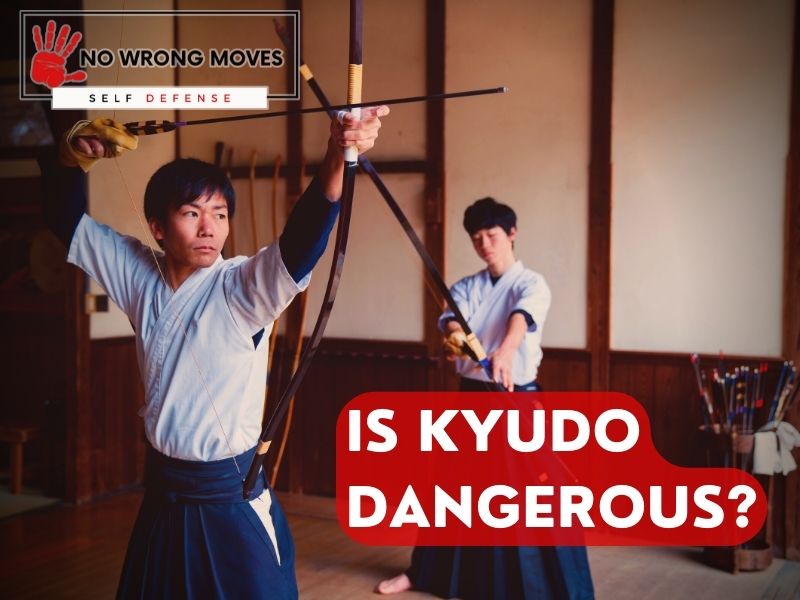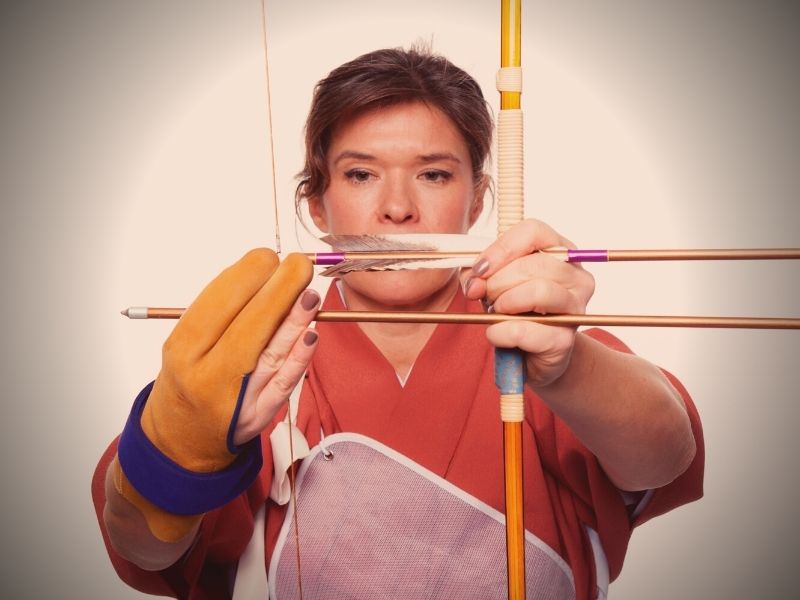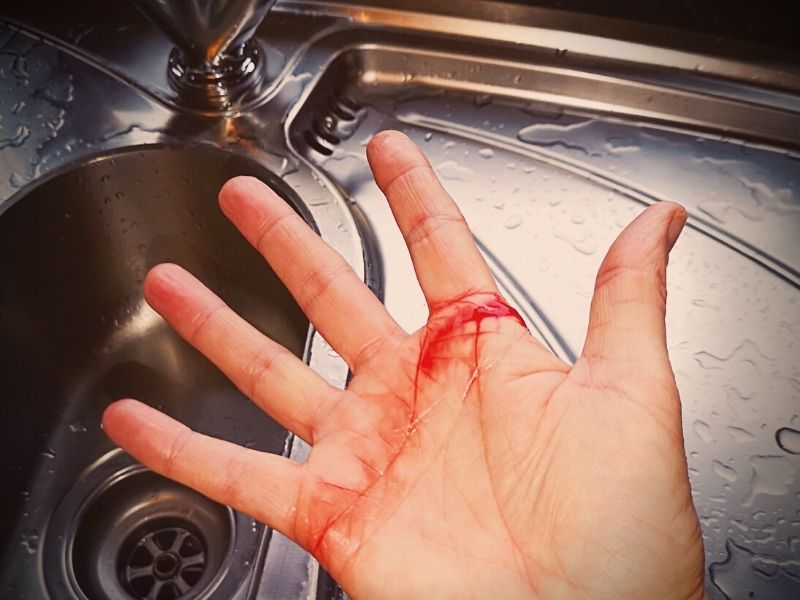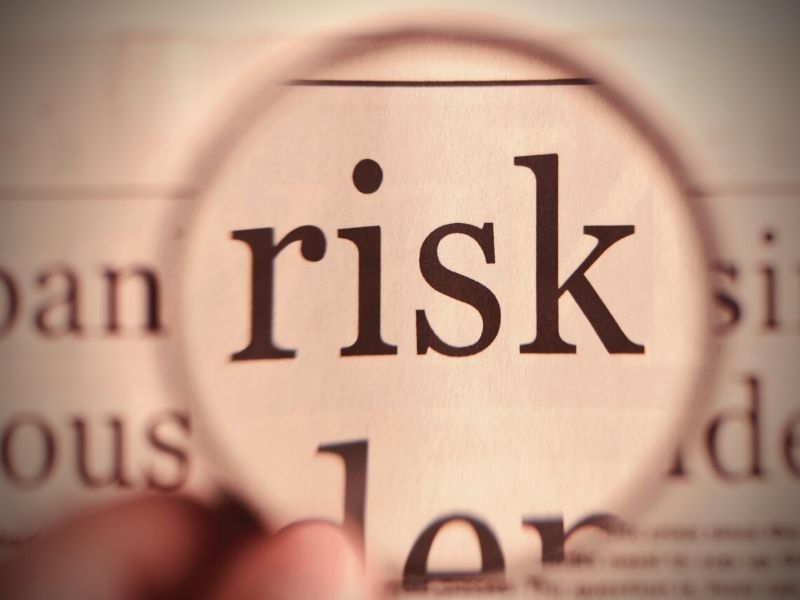
Looking to get into Kyudo for self-defense? If you are, then you've made a great choice. It's an incredible martial art that's definitely worth looking into.
But if you're entirely new, then you're probably still wondering, "is Kyudo dangerous?" And I get you, I totally do! And you'd be entirely reasonable for thinking this way, especially since safety should always be your top priority.
Tons of people ask themselves that question before actually getting started with the hobby, and it's entirely a sound question thing to be curious about in the first place. Thankfully for you, I've got all the facts you need right here in this article. Let's get into it!
Is Kyudo Dangerous? The Risks Explained

Kyudo isn't entirely safe, despite what you might assume. It can appear to be a graceful and meditative sport, but it definitely isn't without its hazards.
Practitioners need to be aware of the potential for injuries to their fingers, hands, arms, shoulders, and neck. More severe injuries, like concussions or broken bones (which can happen, yeah, mostly to the fingers), are also possible if proper precautions aren't taken.
But with the right approach, the risks associated with Kyudo absolutely can be minimized.
Protective equipment should always be worn during practice, and I'd recommend that beginners start with smaller bows, ones that don't take up as much strain to pull, before gradually progressing to larger ones.
They're simple safety measures at the end of the day, but they'll do loads for you as a practitioner, letting you enjoy this sport without much fear of injury.
The Most Common Injuries Sustained In Kyudo

You might be surprised to know you can still get injured in a sport like Kyudo, but I can safely tell you that they can still happen. Don't worry, you're never going to get shot with an arrow, if that's what you're worried about.
But improper technique can have dire consequences in this sport. They can be severely dangerous and result in serious injury. Some you should watch out for are:
- Rotator Cuff Injuries: The rotator cuff is one of the most commonly injured areas of the body when practicing archery.
The four muscles and tendons around the shoulder joint are placed under pressure when you draw your bow consistently, causing strain and a dull aching pain over time.
- Tendonitis: Tendonitis, or “archer’s elbow,” is another injury you should watch out for. When your tendon becomes inflamed due to repetitive or excessive strain, you can end up experiencing some pretty extreme pain.
- String Slap: String slap is a surprisingly painful injury caused by the bowstring slapping your lower arm or chest while you're firing.
- Blisters: If you hook the bowstring too much or have your fingers in the wrong position as you fire, then it can result in some pretty ugly blisters forming in your body, mostly due to the bowstring rubbing against them. Best to watch out for these!
Additional Risks Involved When Practicing Kyudo

Those aren't the only things you should watch out for though. There are a few other things you'll need to be mindful of, like infectious diseases.
Skin infections and staphylococcus infections are just a couple of the communicable diseases that can be spread through contact with contaminated training equipment or other individuals. Don't worry too much though, because there are ways to minimize your risk of infection.
One way to do just that is by, surprise surprise, practicing good hygiene! Thoroughly wash both your body and your training gear after each training session. You'll likely already wnat to do this just to cool down, but it's worth mentioning either way.
Also avoid sharing personal items, like towels or water bottles, with others. It's not that you want to be mean to anyone, but these things are great avenues for bacteria and viral infections to spread. You just want to play things safe, that's all.
So remember, your enemy here isn't just physical injuries, but also infectious diseases. And when engaging in close physical contact with other people during your training or competitions, your risk of infection will only increase.
And yeah, sure, the chances of contracting a disease will likely be low at the end of the day, but it's still crucial for you to be mindful of them, especially when the consequences can be pretty serious.
How To Stay Safe When Practicing Kyudo

Kyudo is an exciting martial art. It comes with certain risks, yes, but don't let that scare you away. With proper training and supervision, you can minimize these risks and stay safe while enjoying the sport. Here are some tips to help you do just that:
First and foremost, be sure to follow the instructions and guidelines set out by your instructor. They have the knowledge and experience to keep you safe and ensure you get the most out of your training.
Secondly, wear the proper protective gear, such as a mouthguard and headgear. This will help prevent serious injuries and keep you in the game.
Thirdly, listen to your body and don't push through the pain of an injury. Ignoring an injury could make it worse and prolong your recovery time.
Fourthly, practice good hygiene and disinfect your training equipment regularly. This will help prevent the spread of germs and keep you healthy.
Fifthly, avoid risky behavior, such as performing dangerous stunts. These actions can lead to serious injury and are seriously not worth the risk.
Sixthly, warm up and stretch before each training session to prepare your body for the intense physical demands of Muay Thai.
And last of all, seek medical attention if an injury occurs. Don't try to tough it out or wait for it to heal on its own. Getting the proper medical care will help you recover faster and prevent further injury.
Conclusion
Well, there you have it! Kyudo, like any physical activity, comes with its fair share of risks, but they can be minimized by following proper safety precautions and hygiene practices.
Injuries and infectious diseases are potential dangers, yes, but they absolutely shouldn't deter you from practicing this incredible martial art.
So for those of you interested in exploring the world of Kyudo, don't be afraid to take that first step. You'll be glad you embarked on this journey of self-discovery and growth.
[author-box-jpx-fitness]
